Description
The legendary first visit to Japan was left unfinished due to a major accident just before it was completed. Introducing a coupling album featuring an amazing new excavation master who allows you to experience the accident scene with ultra-excellent sound, and a symbolic soundboard. HEART’s first visit to Japan came in 1979 after the release of “DOG & BUTTERFLY”. It was a participation in the huge festival “JAPAN JAM ’79”. Two of these performances are included in this work. This is a live album that includes the soundboard recording of the “August 4, 1979: Enoshima” performance in the first half of one disc, and the first audience recording of the “August 7, 1979: Fushimi Momoyama Castle Castle Land” performance in the second half. Speaking of their first visit to Japan, the 3-disc masterpiece “JAPAN JAM ’79” reigns as the definitive album, but there is no overlap with this work. In order to understand the situation around that, let’s look back at the schedule for the first visit to Japan.・August 4th: Enoshima special venue ←★First half of this work (FM sound source)★ ・August 5th: Enoshima special venue ・August 7th: Fushimi Momoyama Castle Castle Land ←★First half of this work★ Above, 3 performances in total . The 3-disc set “JAPAN JAM ’79” was a full audience recording of the two Enoshima performances, but the opening day part (first half) of this work is also an FM sound board, and the audience part (second half) was recorded at the Fushimi Momoyama Castle performance in Kyoto. That’s it. Now, let’s introduce each of the two records individually. [First half: The highest ever version of the super famous FM sound board (6 songs, about 40 minutes)] First up is the super famous FM broadcast that symbolized the first visit to Japan. This is the highest update master. Although it is a sound board recording that has produced many outstanding groups, this work has the highest version and is permanently preserved. The master, which has reigned as the best for many years, has been brushed up again, and the “Mistral Wind” intro, which had cut marks in the previous version, is beautiful, and there is no drop in the high in the second half. Although the broadcast content of about 40 minutes cannot be changed, it is also a top record for the first visit to Japan in terms of sound quality. The live performance depicted with such a sound is wonderful, but the interview with Ann Wilson/Roger Fisher is also full of the times. Speaking of “JAPAN JAM ’79,” some of you may remember the huge wall (about the size of two two-story apartment buildings) of RAMSA speakers, which was also a sponsor, and Roger climbed up there. He also talks about performance. The rich scent of 1979 comes out even when the announcer talks about rock content in an elegant manner. [Second half: Newly discovered superb master recording the moment of the big accident (5 songs, approximately 26 minutes)] The highest peak FM soundboard in history is only an opening act/prelude for this work. The essential point and the life of this work is the live recording of the “August 7th: Fushimi Momoyama Castle Land” performance, which is included in the second half. Yes, this is a new excavation audience recording that was interrupted due to a major accident. Although it is the first appearance master that was discovered recently, its quality is also excellent. There was no echo as it was an outdoor venue with no roof or ceiling to reflect sound, and the song’s thick and solid core came close to us. It is so powerful that there are some scenes where it tends to overpeak, but it is a super direct sound that rivals the 3-disc set “JAPAN JAM ’79”. And the show depicted with that sound is…the scene of a major accident that has only been reported through rumors until now. Just like the Enoshima performance, it starts off smoothly with “Cook With Fire,” but something unusual occurs as early as the second song, “High Time.” The sky suddenly becomes cloudy, and large drops of rain fall from the sky. Of course, this work is an audience recording without video, but between songs you can hear popping noises. At first, I thought it was a sound of applause, but there was no applause, and it continued to beep at regular intervals without expression. Moreover, it keeps getting stronger. In the following song, “Heartless,” you can hear the sound of rain while playing, and when the song ends, you can clearly see that it is raining quite heavily. After that, the show continued and the rain became heavier. When “Nada One” ends, Ann Wilson sings “Dancin’ in the rain♪” with a wry smile. It is after “Straight On” that the rain pattern exceeds its limit. Ann’s “Thank you!” was overshadowed by the sound of rain and even thunder, and the accident occurred just as Ann’s call began the drum intro to the next song, “Even It Up.” The venue is a special outdoor stage, with exposed steel frames. Apparently they had covered it with a blue tarpaulin to make an improvised roof, but the rainwater kept accumulating and it collapsed. The steel frame snapped and fell onto the drum riser, causing the seats to wrap around the stage. Although the broken steel frame was able to avoid Michael DeLozier, it was a catastrophe that could have killed anyone. Thunder and screams intermingled in the audience, and voices such as “It’s on top of the drums!” were heard. Of course, there was no way the show could continue under such circumstances, and the event itself was canceled on the spot. This work allows you to experience such shocking moments clearly and clearly with the best sound. The highest version of the sound board that symbolized the legendary first visit to Japan, and a super documentary recording that allows you to experience the accident scene at its finest. Although both are short in duration, they are a combination of extremely shocking records. If you combine it with the 3-disc set “JAPAN JAM ’79,” you can complete the first visit to Japan, but more than that, this work itself is a major incident in the history of Japanese Western music. A CD containing two shocking records from the legendary first visit to Japan. The best FM soundboard recording of the classic “August 4th: Enoshima” performance, mainly the first audience recording of the “August 7th, 1979: Fushimi Momoyama Castle Land” performance, which was canceled due to a major accident. Coupling update master. During the Fushimi Momoyama Castle performance, heavy rain caused the steel frame to fall and the stage set to collapse. The event itself will not be able to continue. You can experience the accident scene filled with thunder and screams with the finest sound. Enoshima, Fujisawa, Japan 4th August 1979 SBD(UPGRADE) Fushimi Momoyama Castle Land, Kyoto, Japan 7th August 1979 TRULY AMAZING SOUND (65:45) Enoshima, Fujisawa, Japan 4th August 1979 Radio Broadcast 1. Intro. 2. Magic Man 3 Magazine 4. Mistral Wind 5. Dog & Butterfly 6. Barracuda 7. Rock And Roll 8. Interviews (Ann Wilson & Roger Fisher) SOUNDBOARD RECORDING Fushimi Momoyama Castle Land, Kyoto, Japan 7th August 1979 9. Intro. 10. Cook With Fire 11. High Time 12. Heartless ★After the show, the sound of rain was amazing. Super realistic 13. Nada One 14. Straight On 15. Stage collapsed due to a storm and heavy rain ★Stage set collapsed due to rain and storm The site was a special outdoor stage, and the steel frame was exposed. Apparently they had covered it with a blue tarpaulin to make an improvised roof, but the rainwater kept accumulating and it collapsed. The steel frame snapped and fell onto the drum riser, causing the seats to wrap around the stage. Although the broken steel frame was able to avoid Michael DeLozier, it was a catastrophe that could have killed anyone. Thunder and screams intermingled in the audience, and voices such as “It’s on top of the drums!” were heard. Of course, there was no way the show could continue under such circumstances, and the event itself was canceled on the spot. This work allows you to experience such shocking moments clearly and clearly with the best sound. Ann Wilson – Vocals Nancy Wilson – Guitars & Vocals Roger Fisher – Lead Guitar Michael Derosier – Drums Steve Fossen – Bass & Vocals Howard Leese – Keyboards, Guitars & Vocals
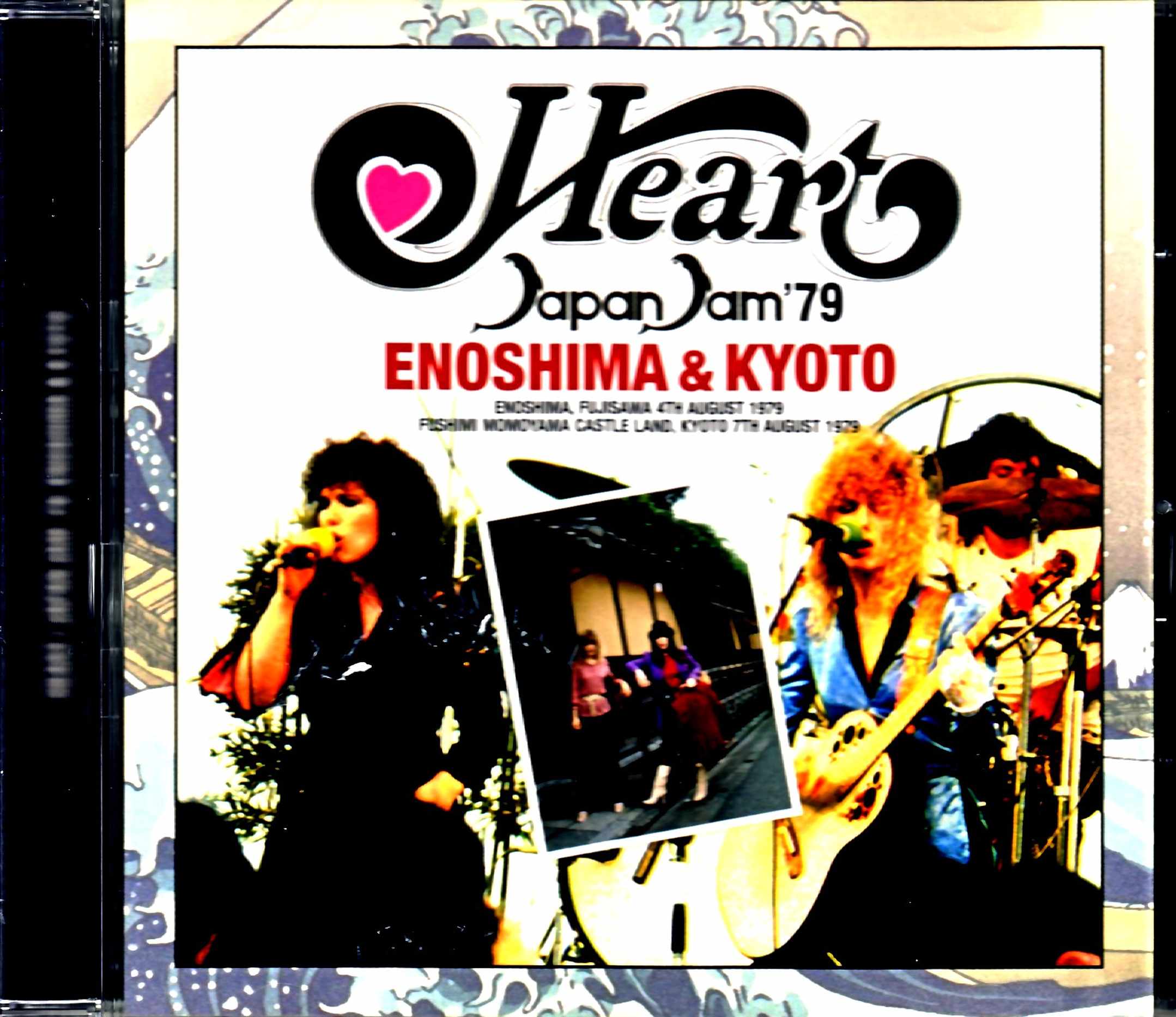
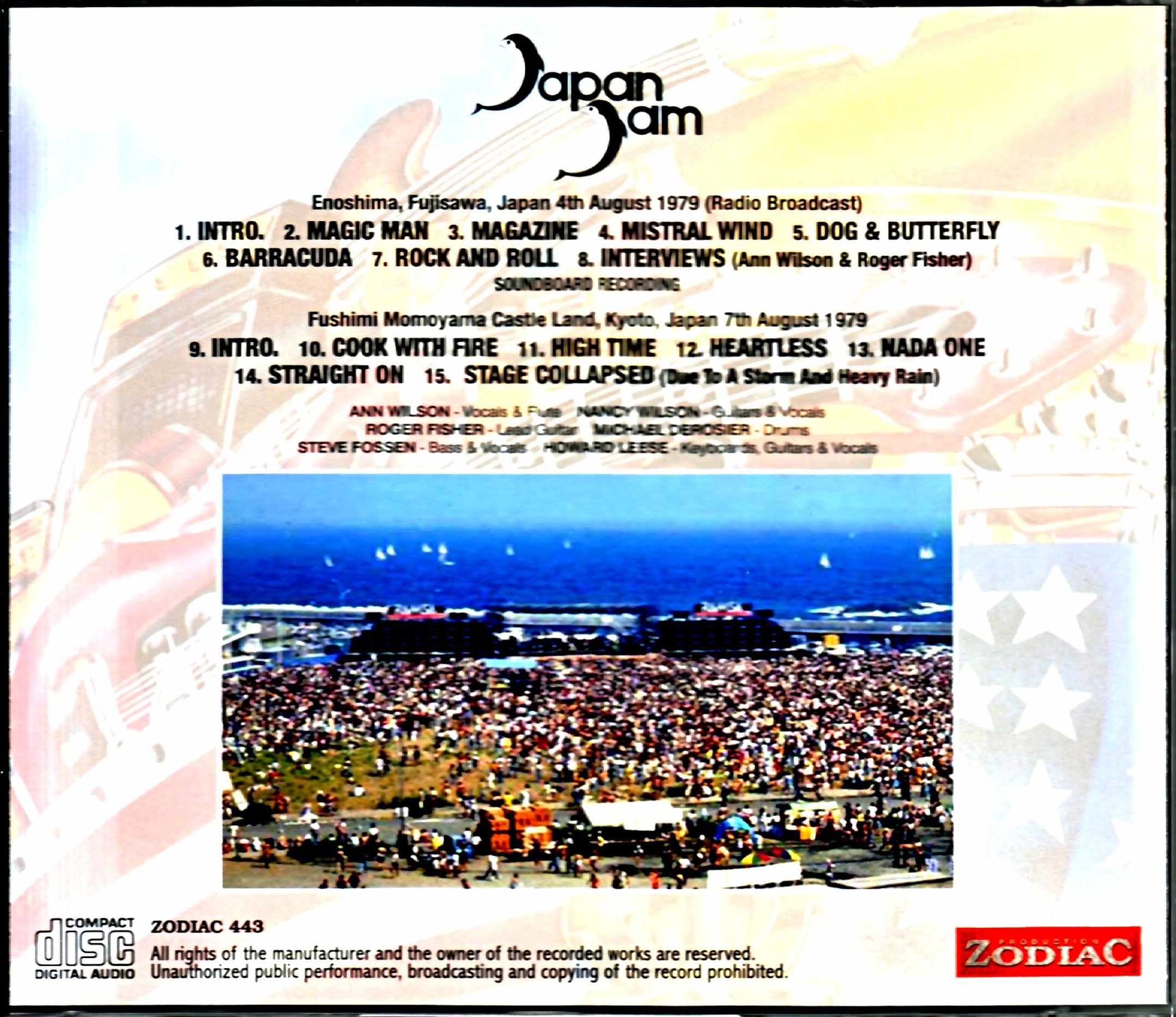

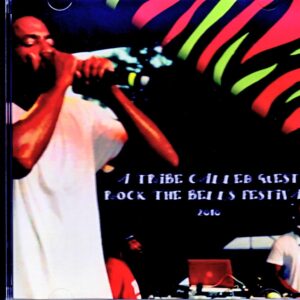
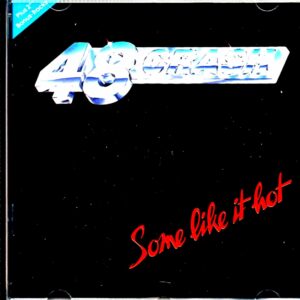
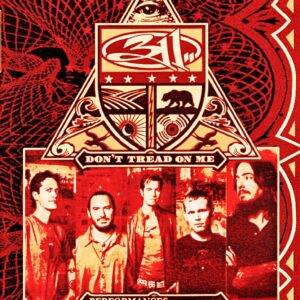
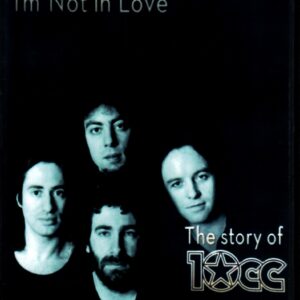
Reviews
There are no reviews yet.